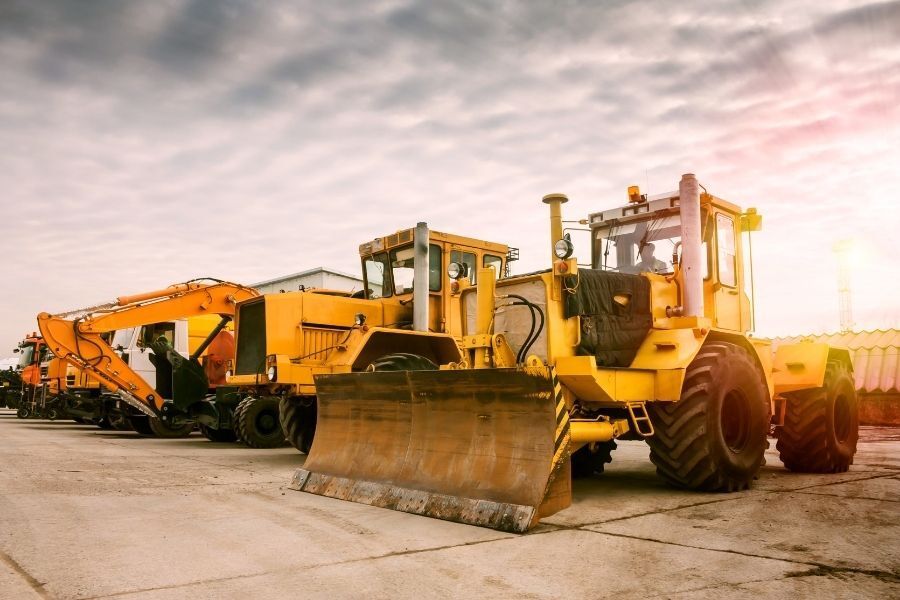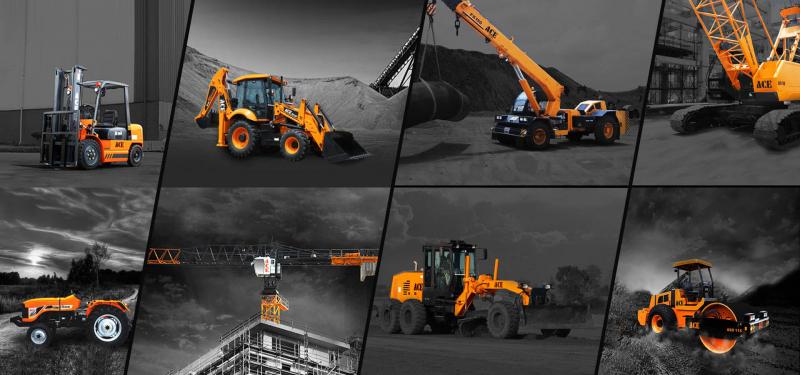Equipment Rental Company: Your Source for All Types of Equipment
Equipment Rental Company: Your Source for All Types of Equipment
Blog Article
Maximize Your Budget by Comprehending the Expenses Related To Building Equipment Leasings
Comprehending the complete extent of prices connected with building equipment rentals is crucial for maximizing your budget. While the initial rental fee may seem uncomplicated, countless added expenses-- such as transport, fuel surcharges, and maintenance-- can rapidly accumulate, impacting your monetary planning. Moreover, understanding various costs and the details of rental agreements can aid stay clear of unexpected economic burdens. What strategies can be utilized to properly manage these prices and ensure a much more reliable rental experience?
Overview of Rental Prices
When thinking about construction tools rentals, recognizing the linked expenses is extremely important for efficient budgeting and project preparation. Rental prices can vary considerably based upon several aspects, including devices type, period of rental, and place. The initial rental charge often shows the equipment's market need and its linked operational abilities, affecting the overall expenditure.
In addition to the base rental rate, ancillary costs may develop, such as transportation charges, gas surcharges, and maintenance costs. It is vital to account for these extra costs to properly assess the overall expense of renting out devices. The rental duration can influence pricing; longer leasings might certify for affordable prices, while temporary services could incur higher everyday fees.

Breakdown of Rental Rates
A comprehensive understanding of rental rates is important for professionals and project managers intending to maximize their budget plans. Rental rates for construction equipment typically are composed of numerous components, including base prices, time-based fees, and usage fees.
Base prices are the core charges linked with the service of the devices, frequently identified by the type and size of the machinery. These prices can vary considerably, affected by aspects such as tools need, availability, and local market patterns. Time-based charges, which might be daily, weekly, or monthly, serve to accommodate various job timelines and rental durations.
In addition, rental rates might include use fees, which apply when equipment is used beyond a defined threshold, making sure that the rental firm can represent damage. Seasonal demand changes can likewise influence rental rates, with peak construction seasons normally regulating greater costs.
Moreover, comprehending the rental company's plans regarding upkeep and insurance can give further understanding into the total cost structure. By assessing these elements, professionals can make informed decisions, making certain the selection of rental devices straightens with both project needs and budget plan restraints.
Additional Fees to Take Into Consideration
Understanding the complexities of additional charges is essential for service providers to manage their overall leasing expenses successfully. Beyond the common rental prices, various additional fees can dramatically influence the complete price of tools service. These costs usually consist of distribution and pick-up fees, which can vary based on distance and logistics associated with transporting the tools to and from the work website.
Additionally, some rental business may impose gas additional charges if the devices is returned with less fuel than when rented out. It is additionally vital to recognize prospective cleaning costs, specifically for specific equipment that requires detailed upkeep after use.

Completely reviewing the rental arrangement and clearing up these additional charges upfront can aid specialists avoid unanticipated expenses and make certain that spending plans Get the facts remain undamaged throughout the project lifecycle.
Repair And Maintenance Expenditures
Regular repair and maintenance costs are frequently ignored factors that can substantially influence the general price of building tools services. When leasing equipment, it is vital to think about not just the rental costs but likewise the possible costs connected with maintaining the machinery in ideal operating problem.
Many rental companies consist of standard upkeep as part of the rental contract; nonetheless, extra comprehensive fixings or unexpected break downs can result in extra costs. It's important to evaluate the rental contract thoroughly to recognize what maintenance services are covered and what responsibilities fall on the renter.
Additionally, devices that is not well-kept can cause inadequacies at work website, possibly creating hold-ups and raising task prices. To minimize these threats, it is suggested to perform routine assessments and preserve open communication with the rental company relating to any type of issues that arise during usage.
Insurance Policy and Responsibility Expenses
Insurance coverage and liability costs are critical parts that can substantially affect the overall expense of building and construction devices leasings (equipment rental company). These prices make sure that both the rental business and the customer are shielded from prospective financial losses arising from mishaps, damage, or burglary during the rental duration

In addition, clients need to understand any kind of deductibles or exclusions in the insurance plan, as these can affect prospective out-of-pocket expenditures. Comprehending the terms and problems of any insurance policy protection is important to prevent unanticipated costs. Eventually, budgeting for insurance policy and liability costs can aid ensure a smoother rental experience and secure versus financial risks connected with building and construction projects.
Conclusion
In final thought, a thorough understanding of the costs connected with building tools services is essential for efficient budget plan administration. By assessing rental prices, additional fees, upkeep expenditures, and insurance policy requirements, individuals and organizations can minimize unexpected expenditures. This tactical method not only enhances cost-effectiveness but also ensures that projects progress efficiently and successfully. Inevitably, educated decision-making pertaining to tools services adds to the total success of building and construction undertakings.
Rental expenses can differ substantially based on numerous variables, including devices type, duration of service, and place (aerial lift rental). The rental duration can affect pricing; longer leasings may certify for discounted prices, while temporary rentals might sustain greater day-to-day fees
By conducting comprehensive study and involving with trustworthy rental firms, service providers can effectively navigate the intricacies of rental prices, ultimately optimizing their economic resources.
Beyond the typical rental rates, numerous supplemental costs can dramatically influence the overall expense of devices leasing. Rental companies frequently provide responsibility insurance coverage that covers injuries to third events or damage to building, while equipment why not check here damages insurance policy can cover the expense of repair services or substitute if the rented equipment is harmed.
Report this page